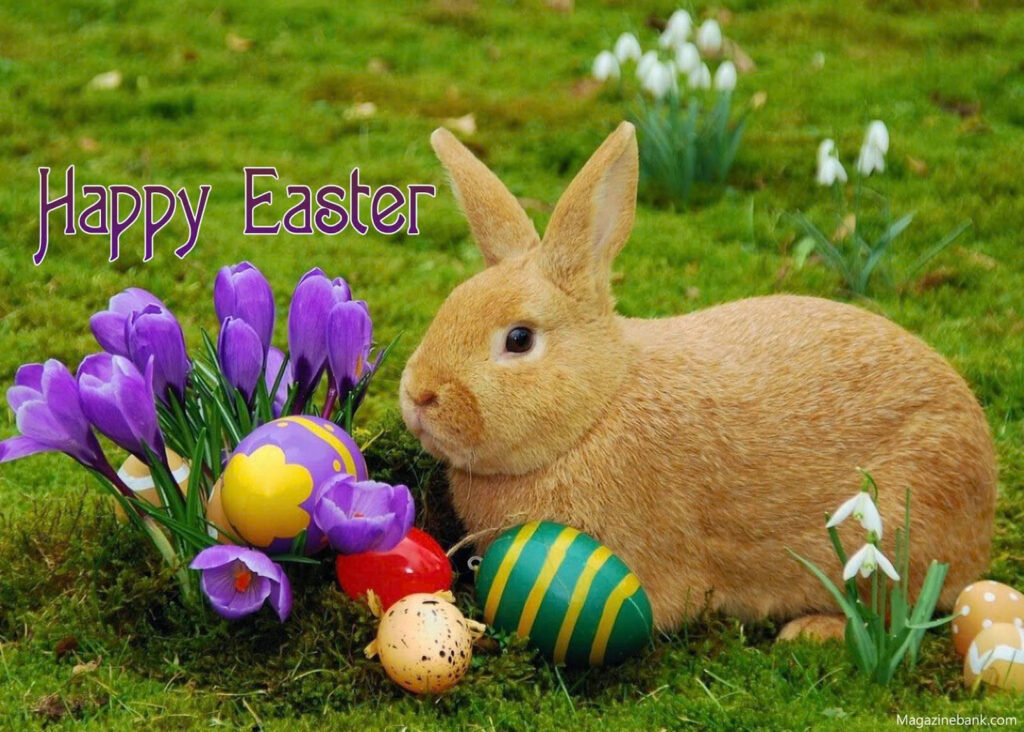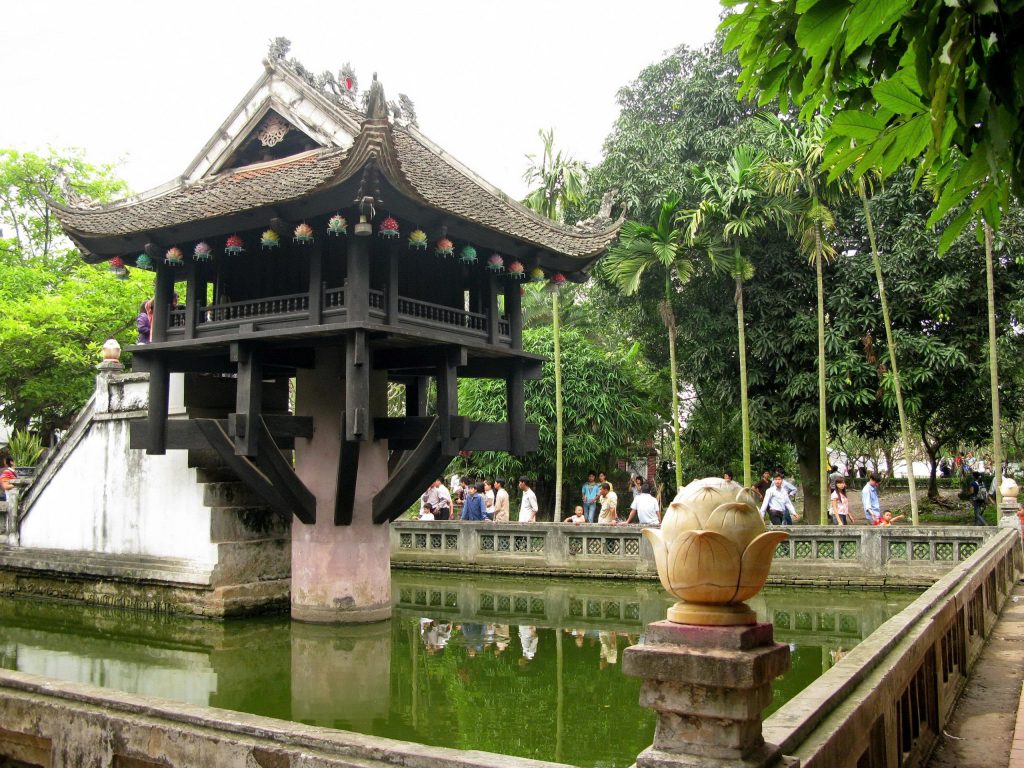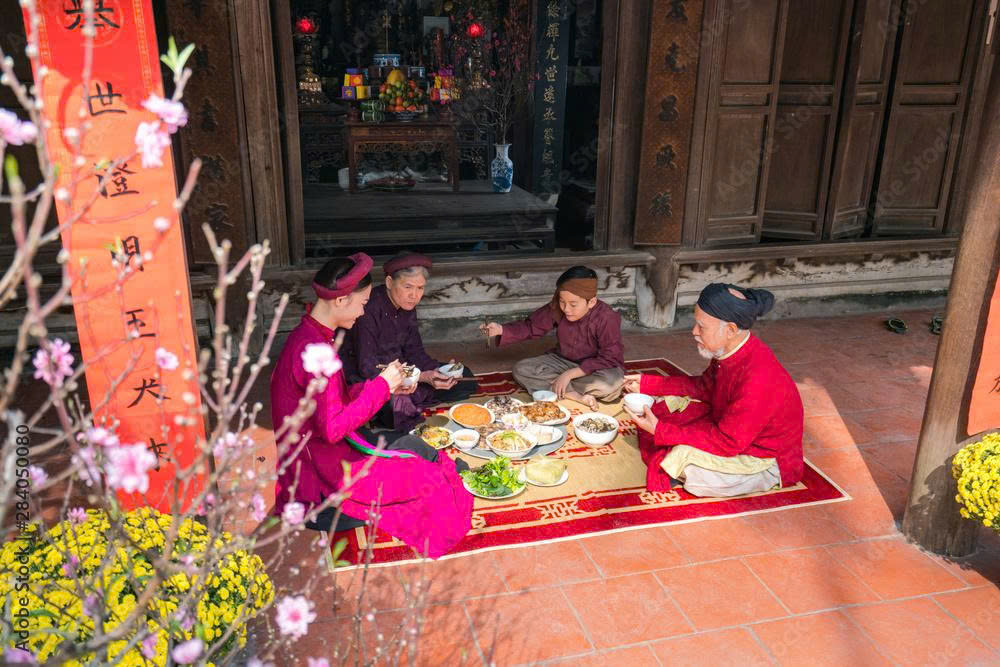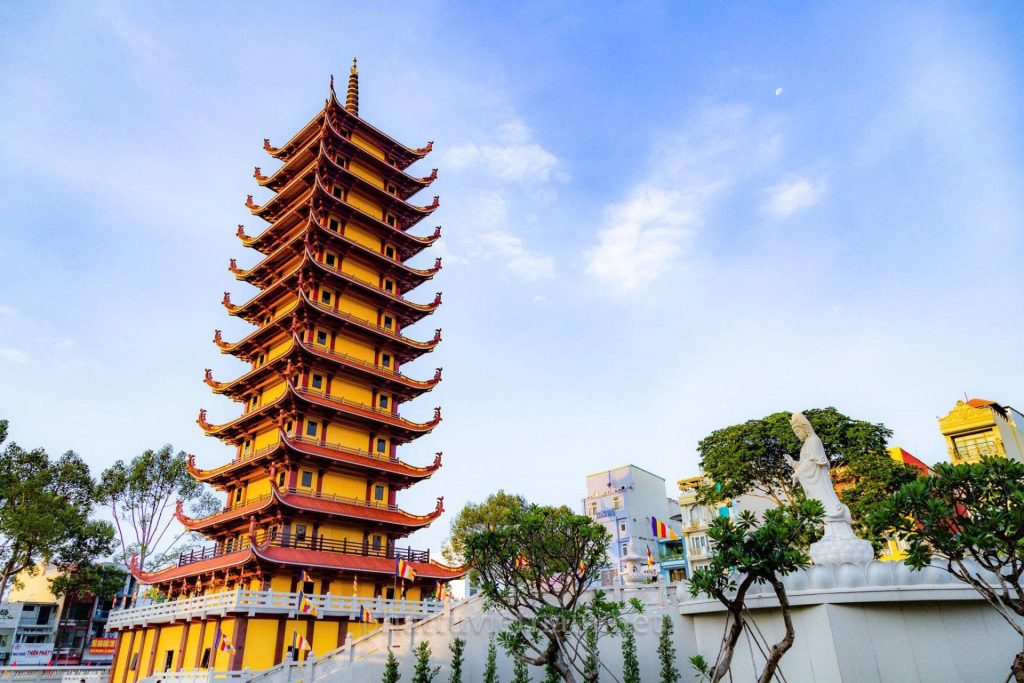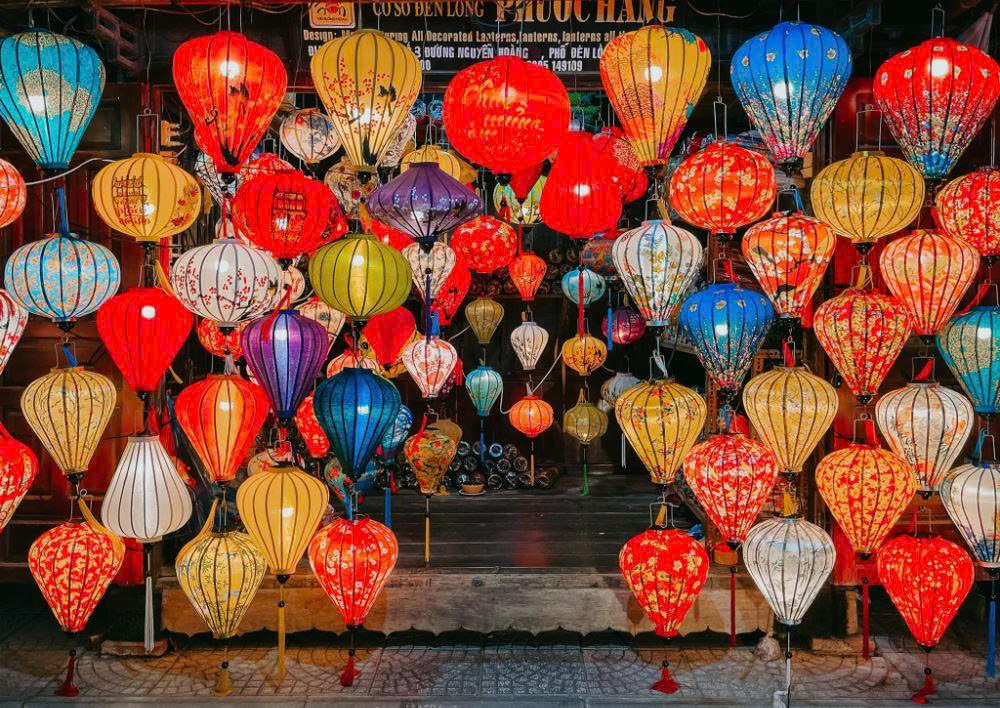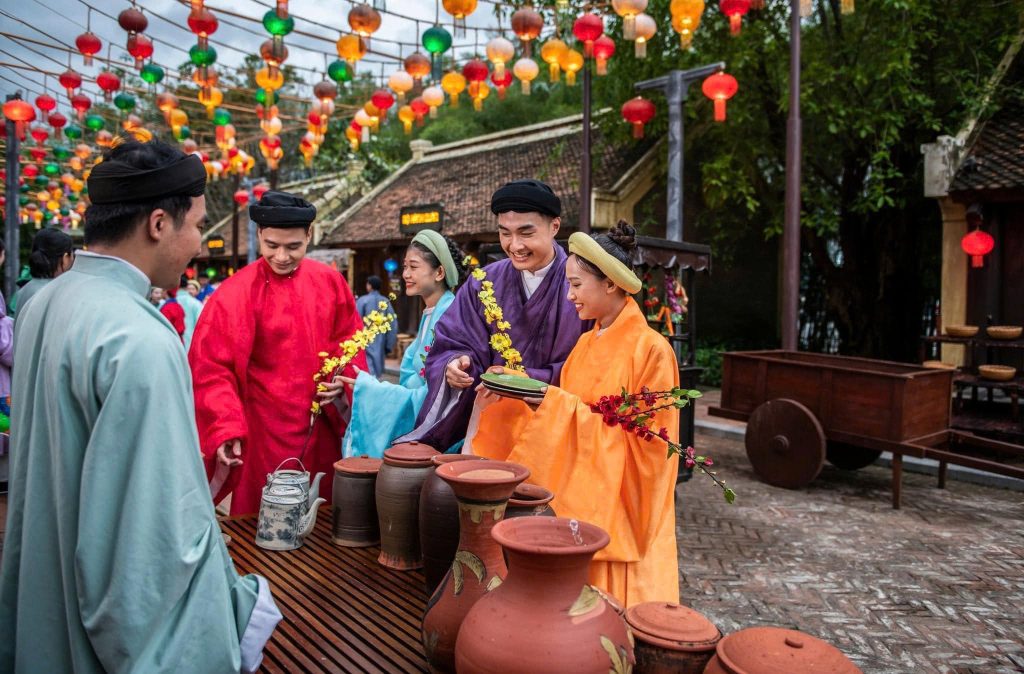Easter stands as a highly significant yearly celebration for those of the Christian faith. This holy day commemorates the pivotal event of Jesus Christ’s resurrection after his crucifixion.
The Origin and Significance of Easter
The yearly celebration of Easter holds profound importance for Christians. This holy day remembers Jesus Christ’s resurrection. People crucified him.
What is Easter?
Easter remembers Jesus’ execution. It also remembers his rising from the dead. The entire Christian community observes this. Their scriptures state that this prophet is the son of God. God created everything. Jesus’s sad death paid for human sins. This celebration also remembers the new agreement between humans and God.
The Origins of Easter
Christians (Catholics, Orthodox, Protestants, Anglicans) see Easter as a key holiday. Long ago, people called spring festivals “Frühlingsfest” or “Ostarum.” Germans called it “Ostara.” The words “Ostern” and “Easter” come from “Ost” or “East.” This refers to the sun rising in the east during spring.
Easter is traditionally observed on a Sunday, typically falling within the late March to early April timeframe. This day serves as a remembrance of Jesus Christ’s resurrection following his crucifixion. Differing from holidays with established dates, Easter’s timing changes; its traditional celebration falls on the Sunday right after the first full moon that takes place at or after the spring equinox. Consequently, Easter is also viewed as a spring festival, celebrating the earth’s transition into new seasons with a vibrant array of colors.
The Significance of Easter
Easter is central to Christian belief. Christians believe Jesus died on the cross. After that, he rose from the dead. He went up to heaven in glory. Jesus overcame death. Because of this, Christian followers believe only he can give them eternal life. Christians declare this belief every year at Easter. They also do it every Sunday.
Easter Gift-Giving
Easter is also a celebration of hope. It happens when spring returns and everything renews. Creation is amazing. Trees are bare all winter. Then, after a few warm spring days, they suddenly grow buds and new leaves.
Important Days in the Easter Season
- Palm Sunday: Palm Sunday starts Easter season. It tells the story of Jesus entering Jerusalem before his suffering. When he arrived, people greeted him. They waved palm branches. Since then, churches use palm leaves in their services.
- Holy Saturday: Holy Saturday is the day Jesus was laid in the tomb. This took place after he was crucified. Some parts of the US, Australia, and the West also have this as a holiday. Government offices close. Shops have limited hours. Churches don’t have special services these days. However, baptisms and weddings often happen.
- Easter Sunday: This day remembers Jesus’ resurrection. This makes Easter Sunday a happy event for Christians. Churches fill with flowers and yellow and white decorations. Choirs sing special songs. Children get chocolate eggs. They hunt for colorful eggs at home. It’s a national holiday. All businesses close, depending on local rules.
- Easter Monday: Easter Monday is the final day of the Easter holiday. Most businesses and schools stay closed. It ends the remembrance of Jesus’ resurrection. Many people use this day for events or family meals.
Symbols of Easter
During this time, people often give each other colorful decorated eggs. They also give rabbits and symbolic ham.
Easter Eggs
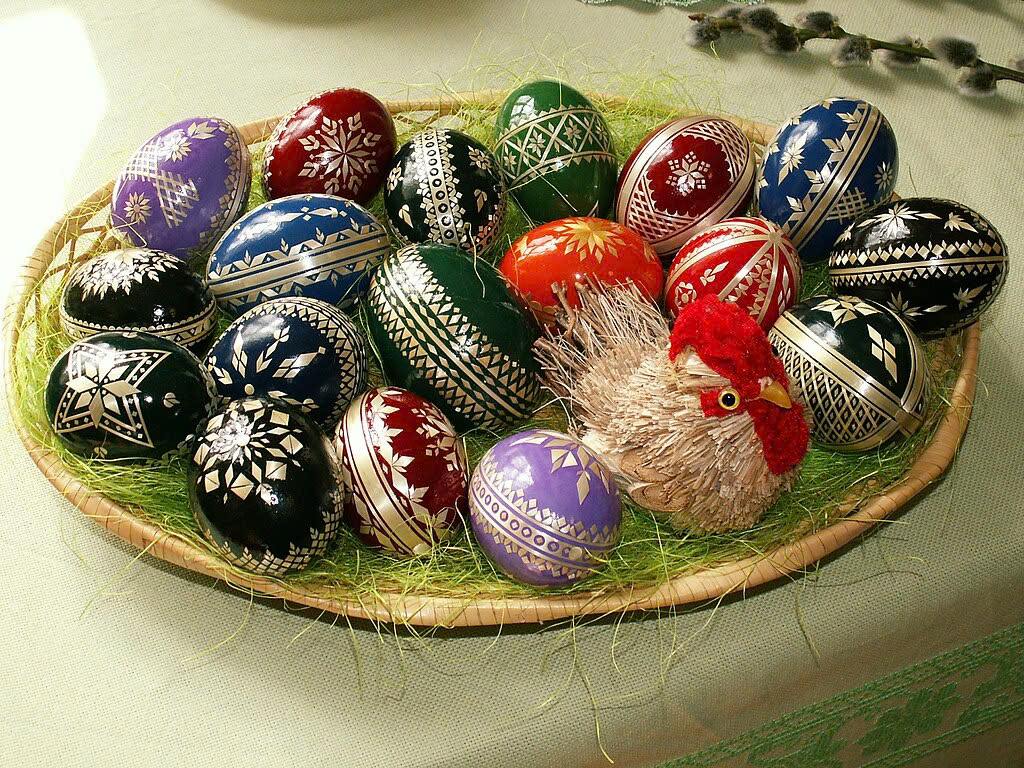
Eggs are Easter’s oldest symbol. They represent new life and fertility. For Easter, people give each other bright eggs. These can be chocolate, plaster, or even wool. People often decorate them by hand as good wishes.
Historically, Western cultures entertained the idea that the Earth emerged from a giant egg. In the Appalachian Mountains, old healers used boiled eggs. They rolled them on pregnant women’s bellies. This was to predict the child’s future fertility. Eggs have become very important in culture. The custom of presenting eggs as gifts has ancient roots. Major civilizations did this.
The Easter Bunny
People also know her as Easter. They named the Easter holiday after this spring goddess. Legend says the goddess brought spring to Earth late once. All living things suffered from the cold. Among these was a dying bird whose wings were frozen. Ostara felt sorry. She transformed the bird into her beloved rabbit. She gave it the power to lay eggs and run fast. With this ability, the goddess wanted the rabbit to give gifts to children in the spring.
Later, the magic rabbit accidentally angered Ostara. She threw it into the sky. It became the constellation Lepus. Once a year, the rabbit can come to Earth in the spring. It gives lovely eggs to people.
Since then, the image of a rabbit with eggs is special for Western Easter celebrations.
The Easter Candle
The Easter candle shows light and warmth. It guides people from darkness. It’s a light to find what is right and peaceful. Five wax nails go into the candle. These represent Jesus’ five wounds. The Greek letters alpha (Α) is above. Omega (Ω) is below. These mean the first and the last.
Ham
Ham is a customary dish on Christian tables at Easter.. For them, pork is the Lord’s food. People salt-cure pork in the fall when the first full moon is best. Then, Westerners eat this stored food in the spring. So, ham became a traditional Easter dish.
New Clothes
It is a widely held tradition that wearing new attire on Easter brings about good fortune. This luck is believed to extend throughout the remainder of the year. New clothing symbolizes fresh starts and positive prospects, elements considered significant aspects of Easter each year.
For Catholics, Easter also shows faith in rebirth. It shows hope for good things. The holiday aims to communicate this message to people around the world.
Easter Flowers
Germans often use fresh branches. They hang colorful painted eggshells and small chocolate rabbits for children. They also use flowers like daffodils (Osterglocken), tulips (Tulpen), hyacinths (Hyazinthen), daisies (Gaenebluemchen), dandelions (Loewenzahn), and buttercups (Hahnenfuss).
Usually, Easter is in March or April. The timing places it on the Sunday falling anywhere from March 22nd to April 25th.
Easter Hymns
Easter hymns are important for this special day.The song’s words and rhythm communicate feelings of joy and happiness. They express thanks and the wish for a good and lucky life.
Customs and Rituals
The week before Easter is Holy Week. It commences on Palm Sunday, which is also known as Passion Sunday. Happiness and joy are reflected in the song’s words and musicality. During this week, Christian churches commemorate the suffering of Jesus. They celebrate the important events of his last days on Earth. For Christians, the services this week are both sad and thankful. They are thankful because God loved them and became human. He suffered and died for people’s sins.
Many Western countries have holidays on Easter Sunday and Monday. On this day, fun places, movie theaters, and stores close. They do this to remember Jesus’ suffering.

